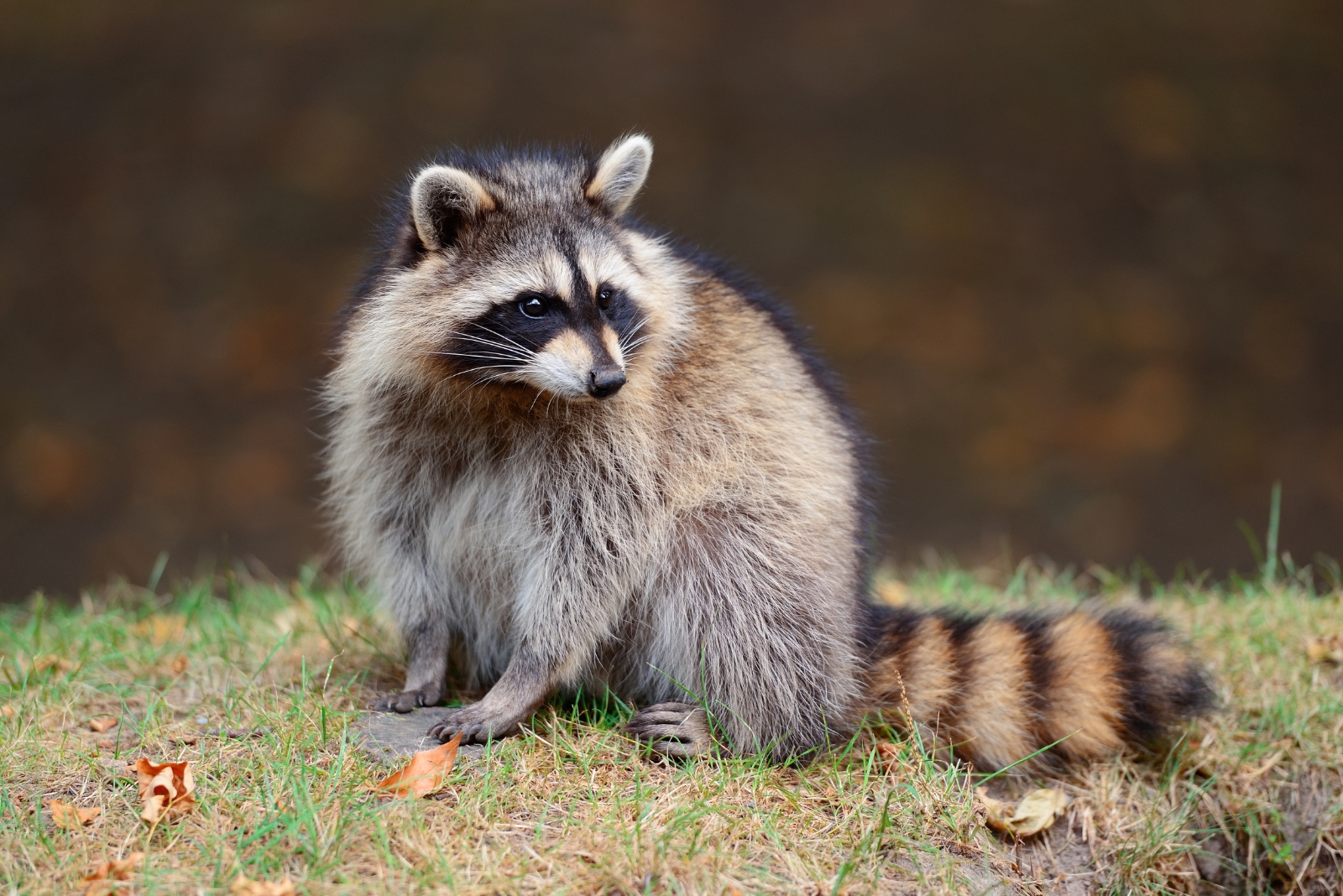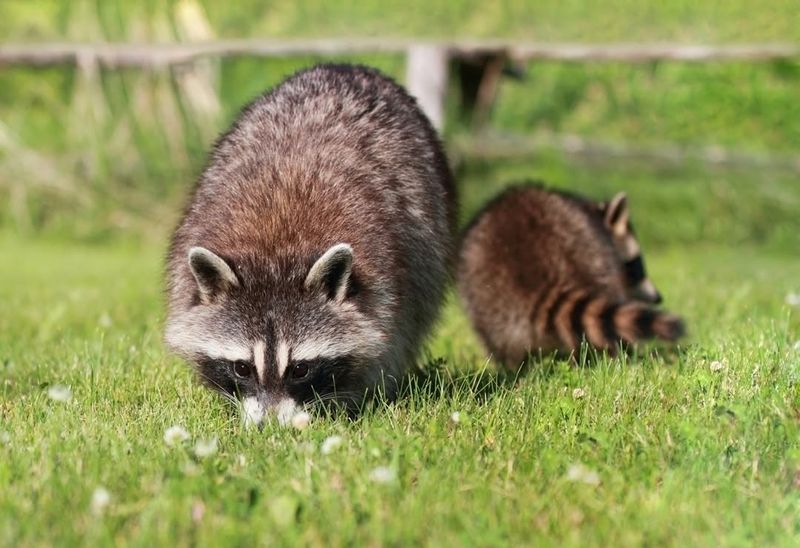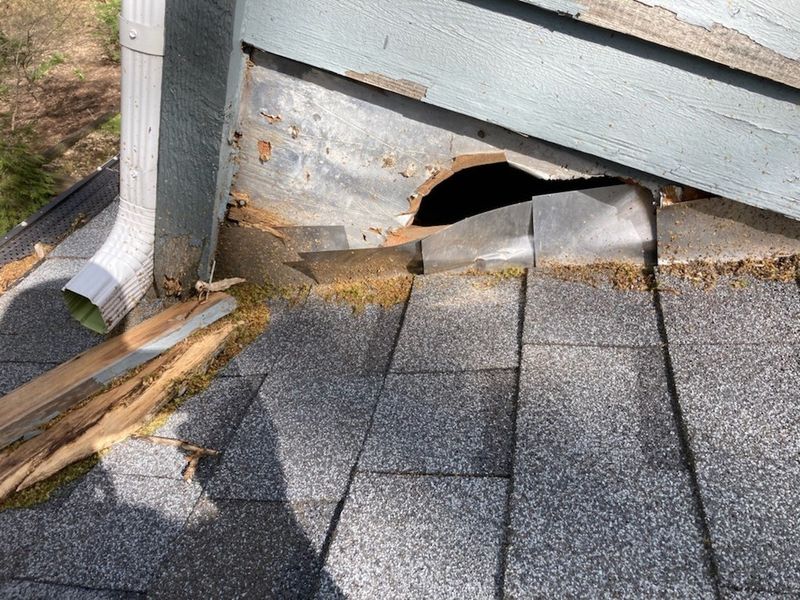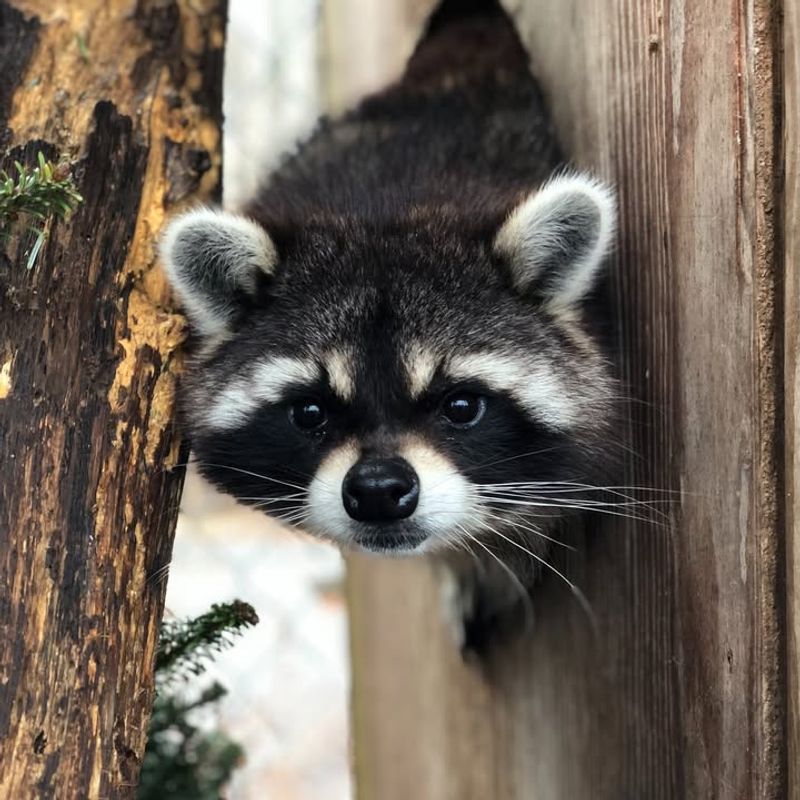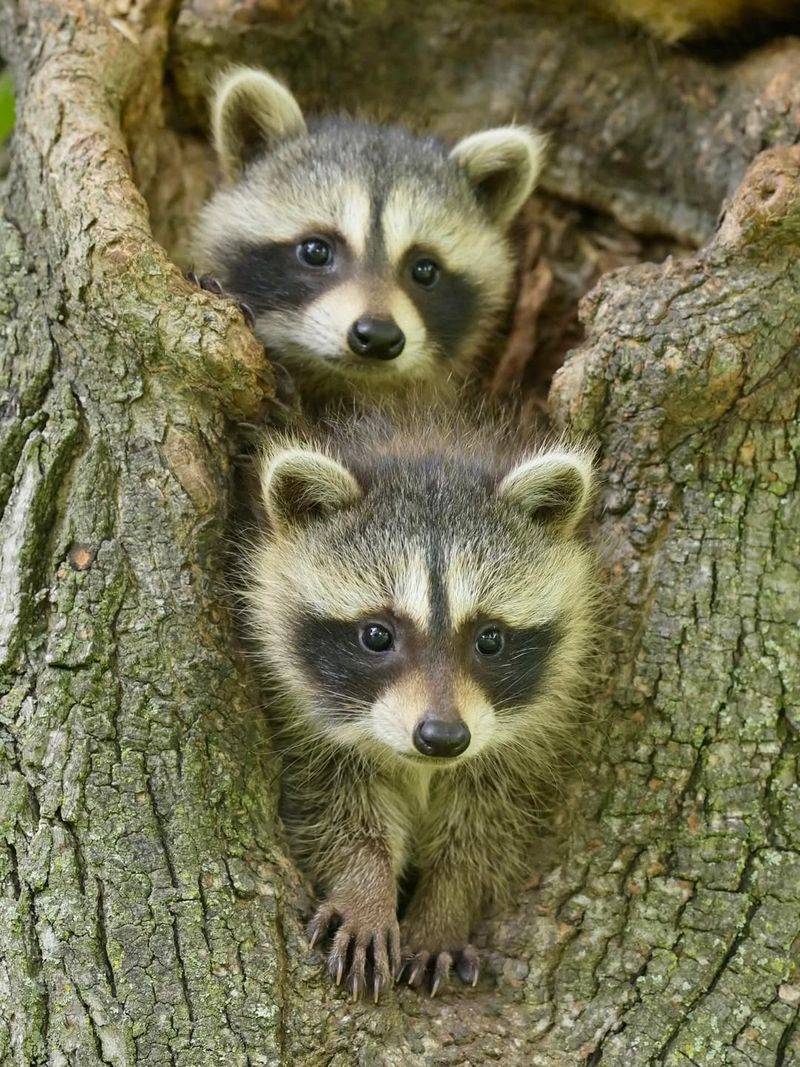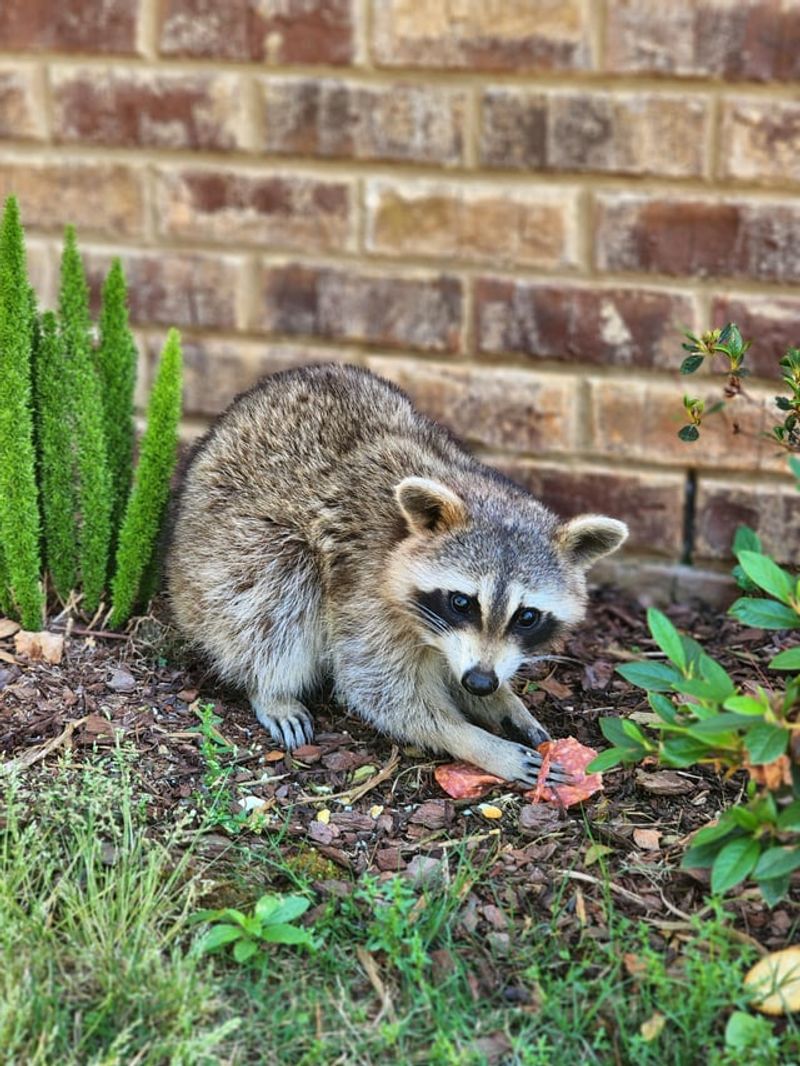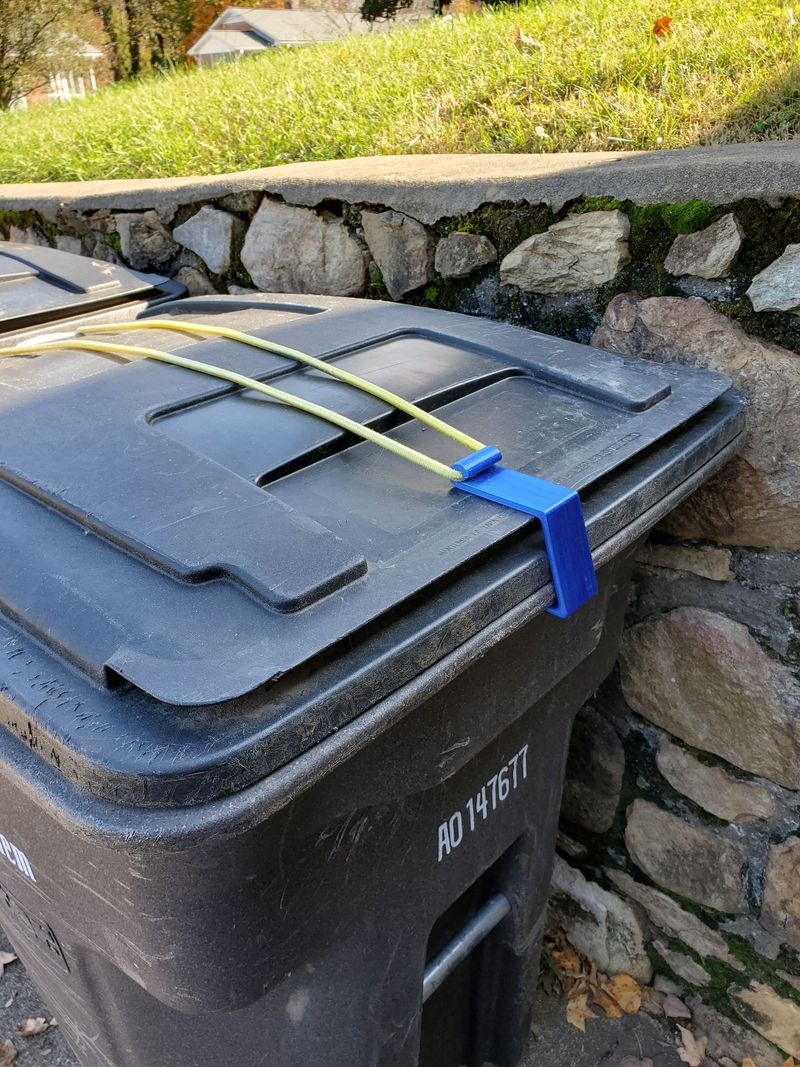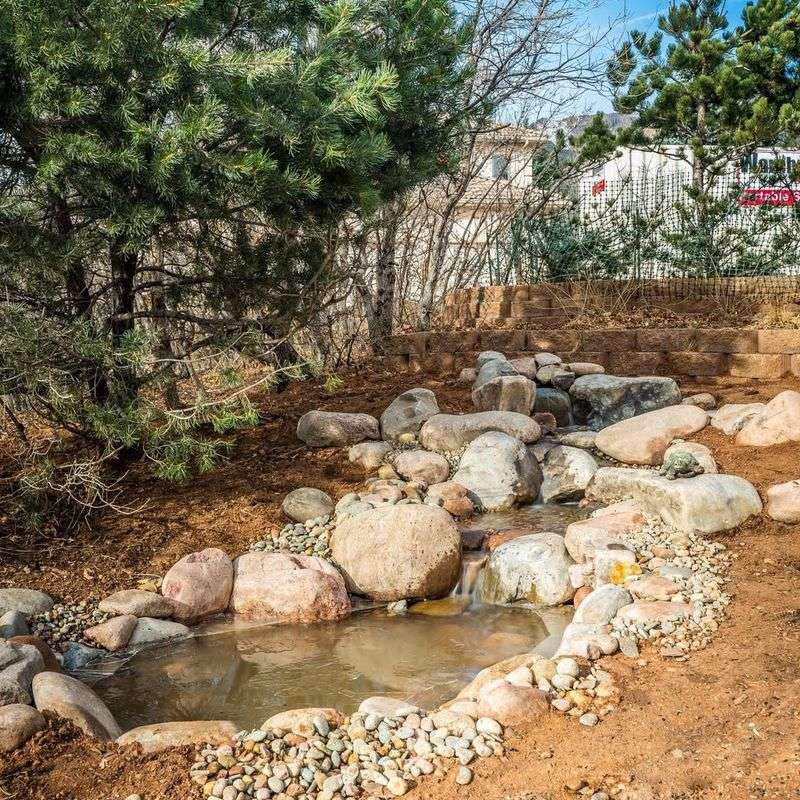Raccoons might look cute with their masked faces and fuzzy tails, but dealing with them in your yard is a serious decision. Washington homeowners often face this challenge when these clever animals move in and start causing trouble.
Before you take action to remove them, you need to think carefully about several important factors that could affect your property, your family, and even the raccoons themselves.
1. Legal Regulations In Washington State
Washington has specific wildlife laws that you must follow when dealing with raccoons. Trapping or relocating these animals without proper permits can result in hefty fines.
Contact your local Department of Fish and Wildlife before taking any action. They’ll explain what methods are legal and whether you need special permission.
Some removal techniques that work in other states might actually be illegal in Washington, so always check first.
2. Potential Property Damage Assessment
Raccoons can cause thousands of dollars in damage if left unchecked. Their strong paws tear through roof shingles, rip open vents, and destroy insulation in attics.
Walk around your Washington property to identify existing damage before deciding on removal. Check for torn screens, damaged siding, and holes near your foundation.
Sometimes the damage is already done, and removal becomes necessary to prevent further destruction to your home.
3. Health And Safety Risks
Raccoons carry diseases that can spread to humans and pets, including rabies and a dangerous parasite called raccoon roundworm. Their droppings create health hazards that require special cleanup procedures.
If you have small children or pets that play in your Washington yard, the risk increases significantly. Raccoons can also become aggressive when cornered or protecting their young.
Consider whether the health risks outweigh other factors in your situation.
4. Presence Of Baby Raccoons
Baby raccoons, called kits, are born in spring and depend entirely on their mothers for survival. Removing a mother raccoon during breeding season can leave helpless babies trapped in your attic or walls.
Listen carefully for chirping sounds that indicate babies might be present. Washington professional wildlife experts recommend waiting until kits are old enough to leave with their mother.
Separating families creates unnecessary suffering and often leads to worse problems.
5. Cost Of Professional Removal Services
Hiring wildlife removal experts in Washington typically costs between three hundred and several thousand dollars, depending on your situation. Complex jobs involving multiple animals or extensive damage cost more.
Get quotes from at least three licensed professionals before making a decision. Make sure they include inspection, removal, exclusion work, and cleanup in their estimates.
While expensive, professional services often save money compared to DIY attempts that go wrong.
6. Alternative Prevention Methods
Sometimes you can solve raccoon problems without removal by making your Washington yard less attractive to them. Secure garbage cans with tight-fitting lids and bring pet food indoors at night.
Install motion-activated lights and sprinklers that startle raccoons away. Trim tree branches that provide easy access to your roof.
Prevention methods cost less than removal and keep new raccoons from moving in after the current ones leave.
7. Impact On Local Ecosystem
Raccoons play an important role in Washington’s ecosystem by controlling insect populations and dispersing seeds. Removing them affects the natural balance in your neighborhood.
Before taking action, consider whether you can coexist peacefully with these native animals. Many homeowners find that simple modifications allow both humans and raccoons to share the space.
Think about the broader environmental impact of your decision beyond just your immediate convenience.
8. Long-Term Exclusion Planning
Removing raccoons solves nothing if new ones immediately move into the same space. Successful exclusion requires sealing every potential entry point on your property.
Inspect your home’s exterior for gaps larger than three inches, which raccoons can squeeze through. Install chimney caps, repair damaged vents, and reinforce weak spots in your roof.
Without proper exclusion work, you’ll face the same problem in your Washington home repeatedly and waste money on multiple removal attempts.

